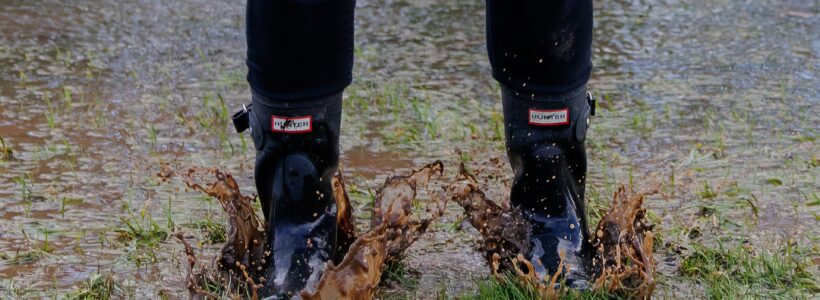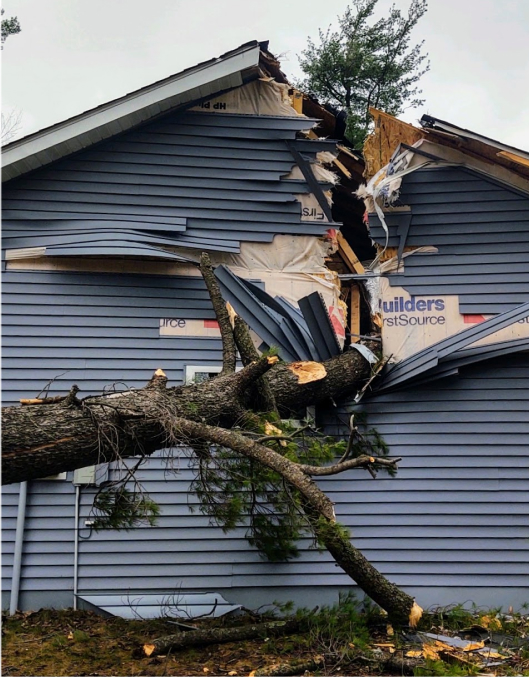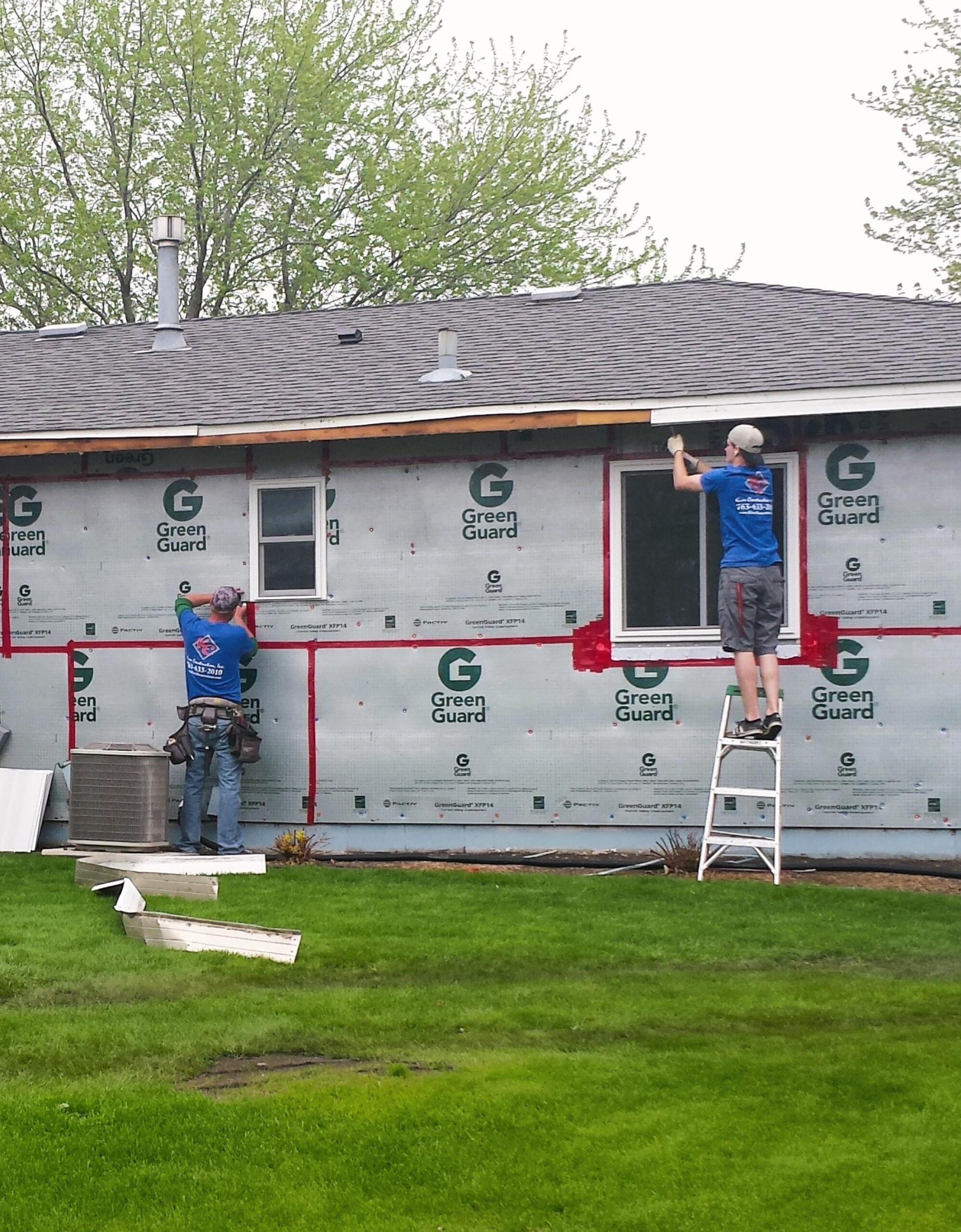
Spring Flooding Tips and Tricks
As the snow melts and temperatures climb, spring flooding is expected here in Minnesota. If your property is at-risk, here are some tips to prepare for the rising water levels.
Preparing
Flood Zones
First, find out if your property is located in a flood zone, which is determined by FEMA (the Federal Emergency Management Agency). Most homeowner’s insurance will not cover flood damage costs, so if you’re in a flood zone but do not already have flood insurance, consider purchasing it. Just a few inches of water in your basement can be incredibly costly.
Clearing Snow
Before the snow around your home melts, get outside and shovel it away from your foundation. It’s recommended to push snow at least 3-4 feet away. Clear snow from storm drains and fire hydrants as well. Then take a look at your gutters, downspouts, and above any entrances. Remove all snow, ice, and debris in these areas. Taking these steps will help waterproof your home.
Check Your Sump Pump
If you have a sump pump, make sure it’s working properly. To do this, you can fill a large bucket with water and slowly pour that water into the pump’s basin. As the water rises, it should lift the float switch and signal the motor to turn on and pump the water out. You should also check to make sure that the pump’s discharge line is unobstructed.
Raising Electrical
If you’re worried about electrical components being damaged by flooding, try booking a licensed electrician before flooding begins. Have them come in and raise your switches, sockets, circuit breakers, and wiring, raising them at least 12 inches above your home’s projected flood elevation. This will prevent electrocution in case of a flood and protect expensive components from water damage.
Plumbing
Backflow valves installed on your sewer lines will prevent water from flowing backward through your pipes. Without these valves, contaminates can get into your drinking water. Standpipes are also a good idea to install. These are open-ended metal pipes that can be screwed into a basement floor drain to allow the flow of water back up as high as necessary, thereby delaying or preventing a basement flood.
Move Stored Items
Anything that’s stored in your basement should be moved somewhere safe until flood season passes, especially valuables, electronics, and hazardous materials. Examples of some hazardous materials you may have stored around your home include antifreeze, oil, ammunition, bleach, ammonia, nail polish remover, pesticides, pool chemicals, fluorescent light bulbs, and propane cylinders.
If Your Home Floods
- Have an evacuation plan
- Turn off water and utilities
- Avoid floodwater
- Contact your insurance company
- Document damaged property
- Call a first response contractor, such as Kiser Construction
Key Takeaways
If you’ve experienced spring flooding problems in the past, you’ll likely have them again this year. Keep these tips in mind as water levels rise, and do what you can to keep water damage to your property at a minimum.
If your home does flood, Kiser Construction is here to help you navigate the recovery process. We specialize in emergency water mitigation and restoration, and we’ll work with you and your insurance company to put your mind at ease while restoring your property.










